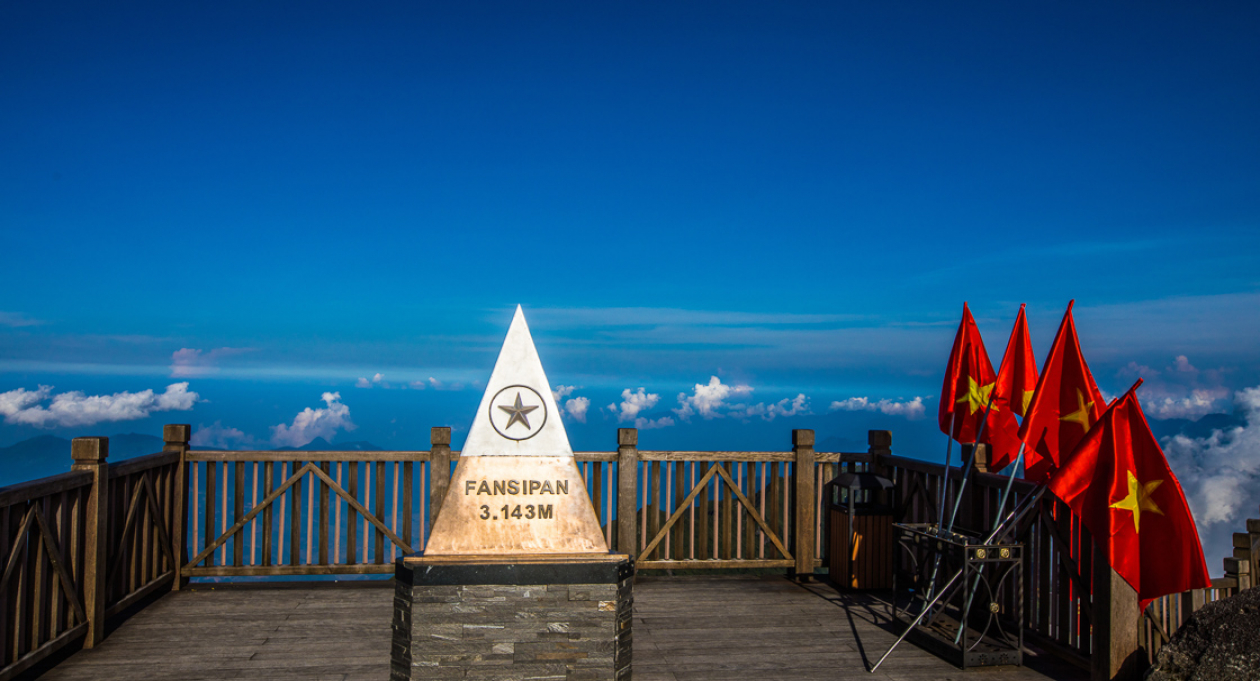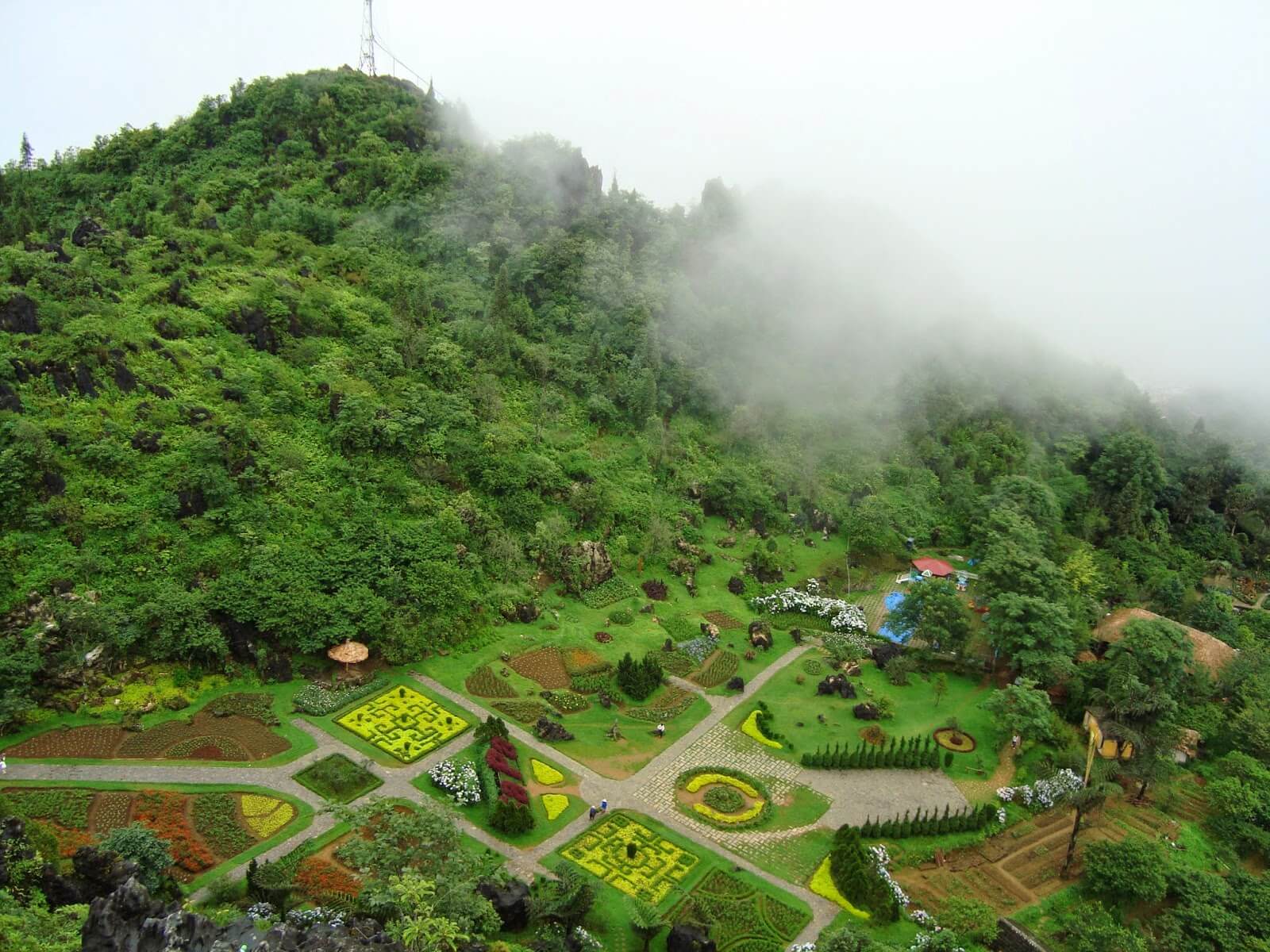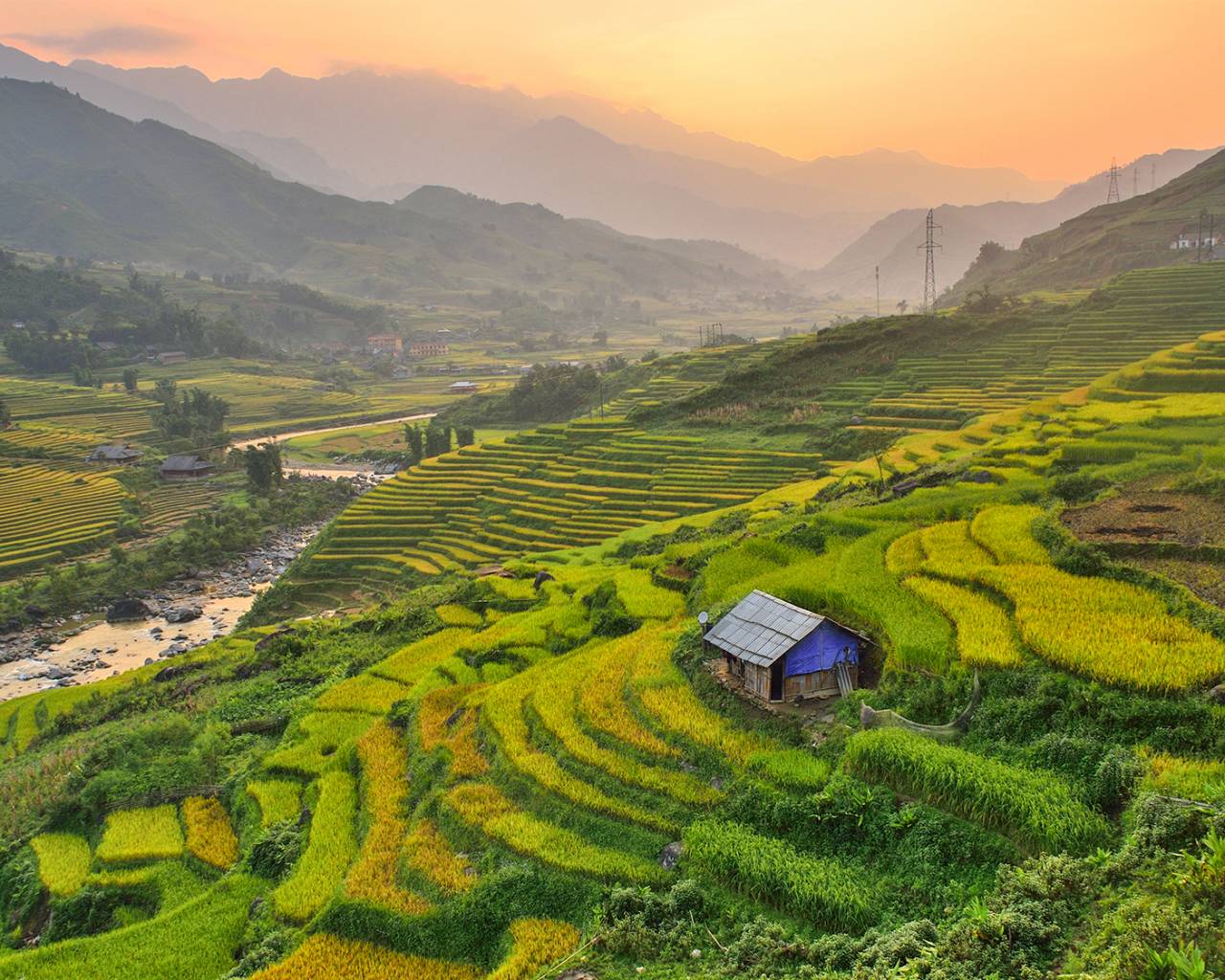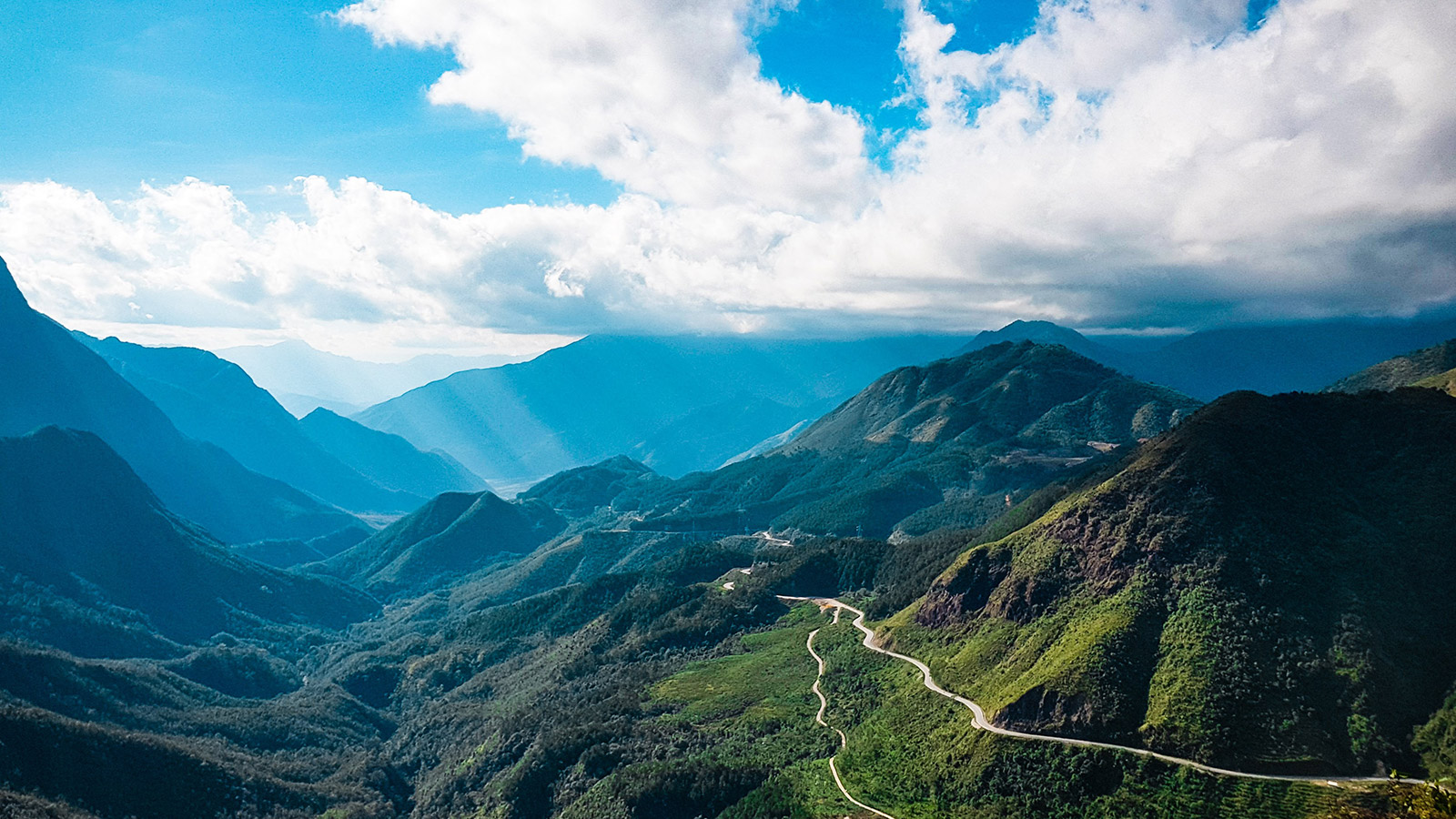Sapa
Sapa is the premier retreat destination in Northern Vietnam, renowned for its cool climate, breathtaking landscapes, and rich cultural tapestry. Nestled in the far northwest of Hanoi, this European-influenced mountain town is surrounded by majestic valleys dotted with charming boutique hotels—perfect bases for exploring the region’s natural beauty. Sapa is home to several ethnic minority groups, whose villages lie along scenic trekking routes that wind through dramatic ridges and picture-perfect terraced rice fields. In town, top attractions include the iconic Sapa Stone Church and the vibrant Night Market. Don’t miss the chance to visit local villages, where you can immerse yourself in the unique traditions and way of life of the area’s indigenous communities.
Travel Guide
1. Transportation
1.1. How to Get to Sapa
Sapa is a picturesque mountain town in Northwest Vietnam that does not have a nearby airport. As such, travelers have two main options for getting there: overnight train or road transfer.
-
By Train: This is considered the safest and most scenic method. Travelers take an overnight train from Hanoi Railway Station to Lao Cai Railway Station, followed by a taxi or private transfer for the final 40 km leg to Sapa town, which takes around 1 hour.
-
By Road: Direct routes to Sapa include sleeper buses, limousine buses, and private cars. Travel time varies depending on the vehicle and traffic, typically ranging from 5.5 to 6.5 hours.
1.2. Getting Around Sapa
-
Private Car: Ideal for short stays or visiting outlying attractions. Hiring a car saves time and offers a safer, more comfortable alternative to motorbikes.
-
Motorbike: A flexible and immersive way to explore Sapa’s local life and scenic backroads. Travelers can rent a bike or book a motorbike tour with an experienced driver.
-
Walking: Highly recommended within Sapa town. Meander through charming streets, admire the old French architecture, and visit the bustling Night Market or the historic Stone Church of Sapa on foot for a more authentic experience.
2. Best Times to Visit Sapa
Sapa enjoys a cool climate year-round, with the exception of a few cold winter months. The best times to visit are:
-
March to May (Spring): Clear skies, pleasant temperatures, and blooming flowers make this an ideal time for trekking.
-
September to November (Autumn): Cool, dry weather and golden terraced rice fields offer perfect conditions for sightseeing and photography.
3. Transportation to Hanoi
Noi Bai International Airport is the main gateway to Hanoi, located in the Soc Son District, about a 40-minute drive from the city center. Upon arrival, travelers can reach downtown Hanoi by:
-
Taxi
-
Public bus
-
Private transfer service
4. Getting Around Hanoi
Private Car
Hiring a private car with a driver is the most convenient and time-efficient way to navigate Hanoi, especially for tourists unfamiliar with local routes or language. Many transport services offer a range of vehicles from 7-seat SUVs to 50-seat coaches, often with competitive package deals.
Motorbike
Motorbikes are integral to Hanoi’s culture. Adventurous travelers can rent one, but should be cautious of the chaotic traffic. Safer options include hiring a local driver for guided motorbike tours, allowing visitors to enjoy the city’s scenery without the stress of driving.
Walking
Walking is an excellent way to explore Hanoi’s historic Old Quarter and central districts. Despite narrow sidewalks and bustling streets, Hanoi is a pedestrian-friendly city. The street-level experience of vibrant markets, colonial architecture, and hidden alleys is best discovered on foot. Travelers can also join guided walking tours for a more informative experience.
5. Best Times to Visit Hanoi
The ideal times to visit Hanoi are:
-
September to November (Autumn): Mild temperatures (25–30ºC) and low rainfall create perfect sightseeing conditions.
-
February to April (Spring): Cooler weather (15–20ºC) with fresh air and blooming flowers.
Note: Hanoi experiences high humidity year-round, so pack accordingly and be ready to adapt to quick weather changes.
Places Of Interest
Weekly Minority Markets
There’s no better way to experience the vibrant culture of Sapa’s ethnic minorities than by visiting a local market. While modern life has brought many changes, these weekly markets still showcase the rich traditions and heritage of the region. Discover an array of exotic local goods and admire the colorful, traditional attire worn by the friendly ethnic communities who gather here each week.

Mount Fansipan
Mount Fansipan, known as the “Roof of Indochina,” is the highest peak in the region. Exploring the remote villages nestled around its base offers a fascinating glimpse into local life and culture. For the adventurous, trekking to the summit is a rewarding challenge. Alternatively, the modern cable car makes reaching the top much easier. However you choose to ascend, you’ll be rewarded with breathtaking panoramic views that make the journey unforgettable.

Mount Ham Rong
Mount Ham Rong, meaning “Dragon’s Jaw,” is a striking mountain located near the heart of Sapa town. The ascent offers panoramic views of the town below and takes visitors through lush orchid gardens and scenic pathways. Along the way, you’ll encounter unique caves with intriguing shapes, adding to the mountain’s mystical charm and natural beauty.

Hill Tribe Villages
The Hmong and Dao ethnic communities inhabit picturesque hill tribe villages such as Ta Phin, Ta Van, Lao Chai, and Cat Cat, to name a few. Tucked away in breathtaking valleys, these villages are surrounded by terraced rice fields and traditional stilt houses. Visitors are drawn not only to the locals’ vibrant traditional attire but also to their time-honored agricultural practices and handcrafted goods—offering a rich and authentic glimpse into Sapa’s cultural heritage.

Heaven Gate – Tram Ton Pass
The northwest of Vietnam is renowned for its dramatic mountain passes, and none is more iconic than Tram Ton Pass—often referred to as the “Gate to Heaven.” Located about 15 km from Sapa, this pass runs along the northern side of Mount Fansipan and sits at an elevation of 1,900 meters, making it the highest mountain pass in Vietnam. Reaching the top rewards visitors with sweeping, awe-inspiring views of the majestic Hoang Lien Son mountain range.

Suggested Itineraries





